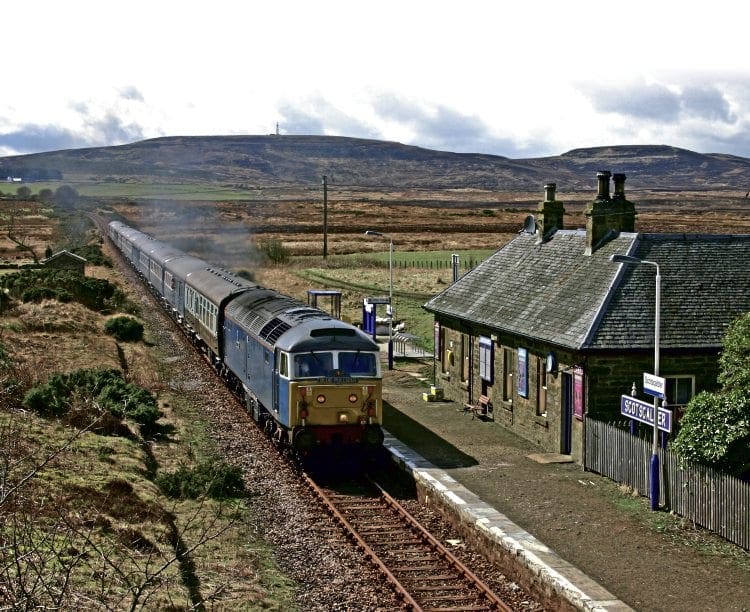Every year, the Office of Rail and Road (ORR) publishes data showing the number of entries and exits for each UK station. While London stations generally make up most of the top 10 busiest, spare a thought for the stations at the bottom of the list that see very few passengers. The RM has compiled this summary of Britain’s 30 least used stations.
Often dubbed Britain’s forgotten stations, some railway stations are used by less than one passenger each week – so are in effect ‘ghost’ stations.

In a number of cases, the service provided by the franchised train operator is one of a ‘Parliamentary’ nature, running at inconvenient times, on just one day of the week, and often in one direction only.
Monthly Subscription: Enjoy more Railway Magazine reading each month with free delivery to you door, and access to over 100 years in the archive, all for just £5.35 per month.
Click here to subscribe & save
This kind of ‘zombie’ service keeps the line open while avoiding the costs, timescales and formalities – which could include a public inquiry – associated with station closures.
It is inevitable that any station closure proposal would almost certainly bring with it a large number of objections. For franchise operators, having to contend with these stations is a painful business, but rather than fight it, they provide a minimal service.
Many of the stations are in remote or very rural locations, so by their nature patronage would not be great, but some are in the suburbs of big cities and lie on the route of freight or empty stock workings, usually where local residents are better served by bus.
In the case of some stations, rail campaigners argue that if more services stopped, then there would be more use made of the trains – a classic case of chicken and egg?
Many seldom-used stations consist of just a platform, some even have a waiting shelter, but in some cases original buildings associated with the station survive, usually in private use.
Read more in November’s issue of The RM




